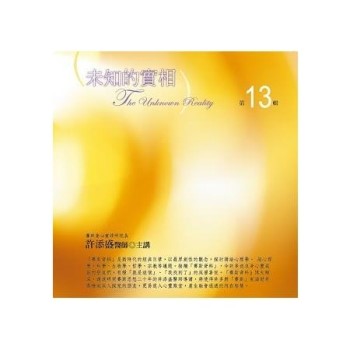An incisive yet personal look at the science and history of the most common surgery performed in America--the cesarean section--and an exposé on the disturbing state of maternal medical care
When Rachel Somerstein had an unplanned C-section with her first child, the experience was anything but the "routine" operation her doctor described. A series of errors by her clinicians led to a real-life nightmare: surgery without anesthesia. The ensuing mental and physical complications left her traumatized and desperate for answers about how things could have gone so wrong.
In the United States, one in three babies is born via C-section, a rate that has grown exponentially over the past fifty years. And while in most cases the procedure is "safe," it is not without significant, sometimes life-changing consequences, with its burdens falling disproportionately on people of color. Mothers are often left to navigate these complications alone, with C-sections all but invisible in popular culture, pregnancy guides, and even standard medical advice.
In Invisible Labor, Somerstein weaves personal narrative and investigative journalism with medical, social, and cultural history to reveal the operation’s surprising evolution, from its days being practiced on enslaved women to the ways modern medical technology promotes its overuse. And she uncovers the current-day failures of the medical system, showing how pregnant people’s pain and agency is often disregarded by physicians who, motivated by fear of litigation or a hospital’s commitment to efficiency, make consequential and deeply personal decisions on behalf of their patients.
Candid, raw, and illuminating, Invisible Labor lifts the veil on C-sections so that mothers can navigate future pregnancies and births with more knowledge about surgical birth’s risks, benefits, and alternatives--a corrective to the ongoing curtailment of reproductive rights. Writing with deep feeling and authority, Somerstein offers support and camaraderie to others who have had difficult or traumatic birth experiences, as well as hope for new forms of reproductive justice.

 看圖書介紹
看圖書介紹










